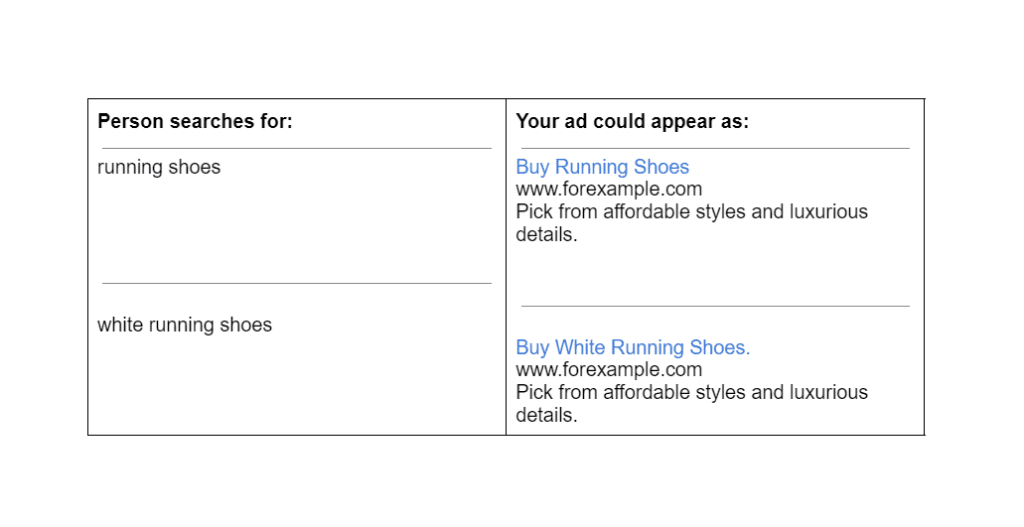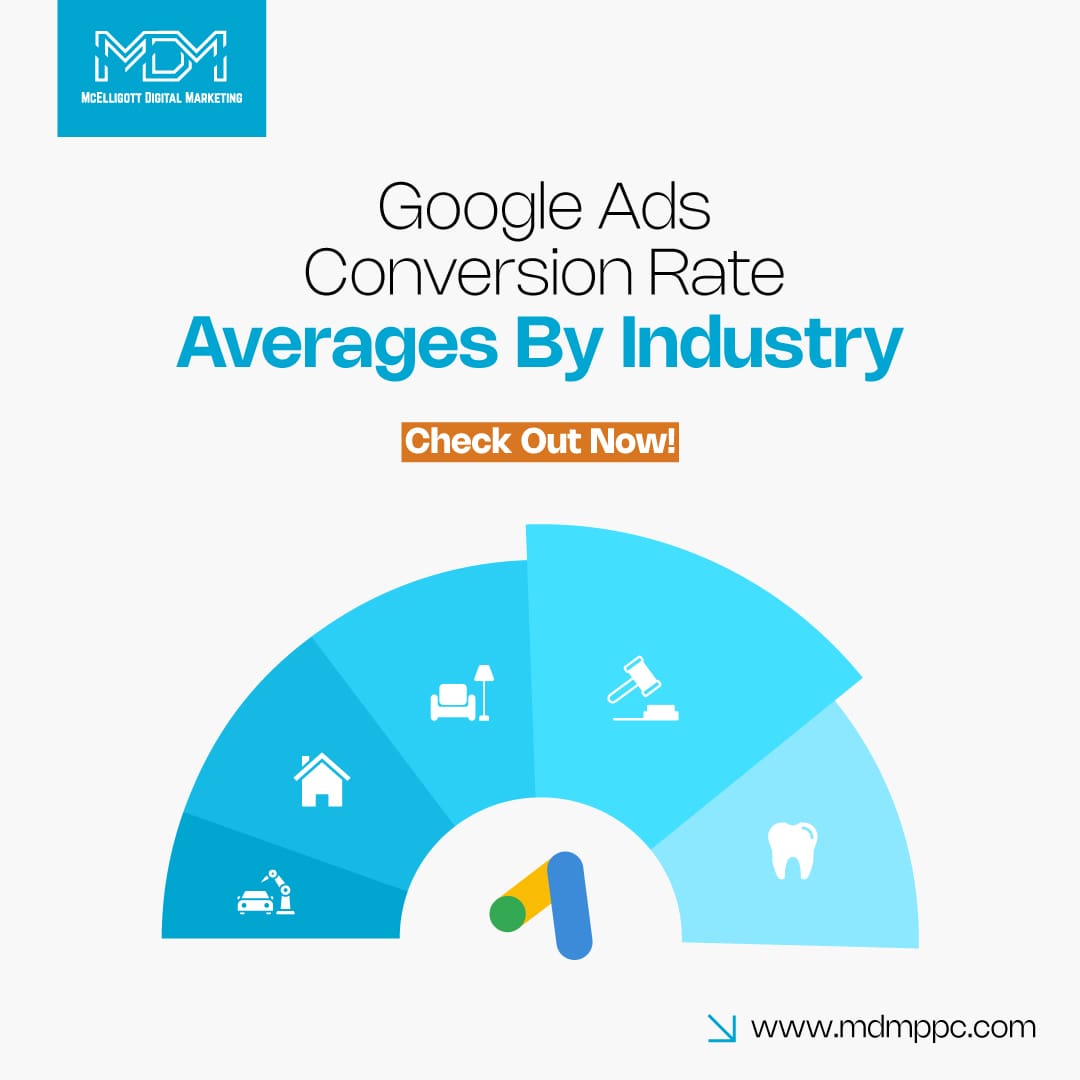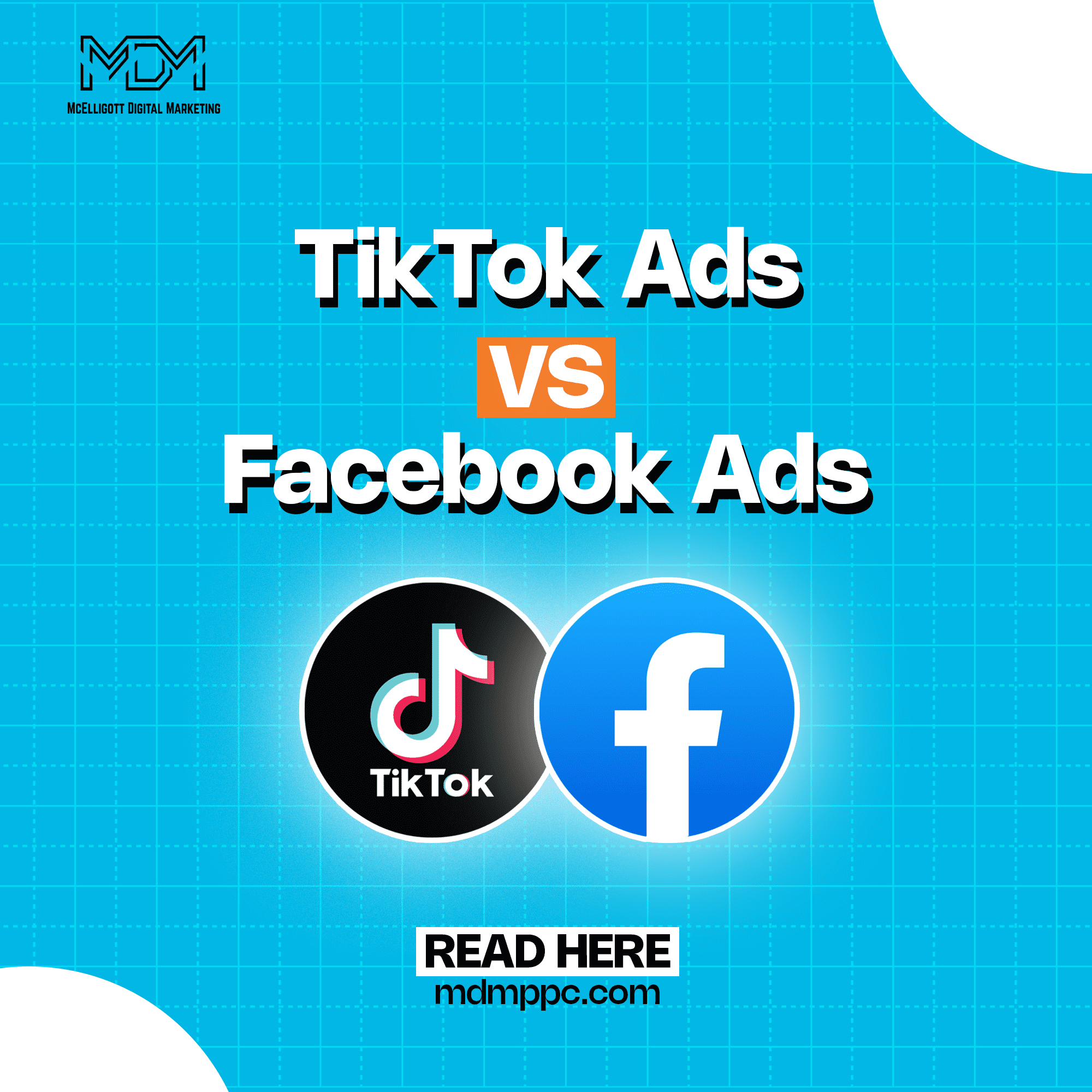Dynamic Keyword Insertion, or DKI, is a popular technique used in online advertising to create more targeted and personalized ad copy.
DKI allows advertisers to automatically insert relevant keywords from their ad group or campaign into the ad text, making the ad more relevant to the searcher’s query.
For example, let’s say you’re selling running shoes. If someone types “running shoes” into the search engine, you could use DKI to automatically insert the phrase “Buy [Keyword: Running Shoes]” into your ad headline or description.
The keyword “running shoes” would be replaced with whatever keyword the person searched for, making your ad more tailored to their search query.
Using Dynamic Keyword Insertion in PPC ads can save you time because you don’t have to create multiple versions of ad copy for different keywords.
It can also increase the click-through rate of your ads by making them more appealing and relevant to potential customers.
Utilizing dynamic keyword insertion can be an effective approach for enhancing relevance and decreasing expenses for paid advertisements. Proper implementation can aid in delivering highly pertinent ads with minimal effort.
If you’re new to the use of dynamic keyword insertion and its optimal usage, you have come to the right place.
In this article, we will provide you with a comprehensive overview of dynamic keyword insertion in PPC ads.
What is Dynamic Keyword Insertion?
Dynamic keyword insertion is a functionality that enables the inclusion of a keyword into an ad’s text. This keyword is dynamically inserted into the ad in accordance with the user’s query.
For instance, if you utilize a DKI ad within a specific ad group that includes the keyword “running shoes,” and the user’s search query contains the phrase “running shoes,” a line of text featuring the keyword “running shoes” will be inserted into the ad.
Similarly, if the user’s search query contains a long-tail keyword such as “white running shoes” that matches the keyword in your ad group, the ad copy will appear as “white running shoes.”
To demonstrate how the DKI campaign can be implemented, consider the following two examples of ads that utilize DKI:

Dynamic ads have the capability to modify nearly all elements of your ads, ranging from the primary keyword to images, CTA buttons, and even the landing page where users are directed.
Numerous advertising platforms, including Google Ads, provide dynamic keyword insertions as an option.
What are the key benefits of using Dynamic Keyword Insertion?
Dynamic Keyword Insertion (DKI) allows the inclusion of a user’s search query within an advertisement’s text.
This technique has become increasingly popular due to its ability to enhance ad relevance, boost click-through rates (CTRs), and improve ad performance.
Here are the key benefits of using DKI.
1. Increased Relevancy: DKI enables the inclusion of the user’s search query within the ad, resulting in increased relevancy. This makes the ad more personalized and targeted to the user, which in turn can improve engagement and CTRs.
2. Improved Ad Performance: DKI has the potential to improve the performance of your ads by increasing the likelihood of matching user intent. When users see ads that are more relevant to their search queries, they are more likely to click on them and convert.
3. Higher Click-Through Rates: DKI can lead to higher click-through rates by improving the ad’s relevancy and making it more attractive to the user. With higher CTRs, the ad can rank higher in the search engine results pages (SERPs), resulting in increased visibility and more conversions.
4. Cost Savings: Since DKI can lead to better ad performance and higher CTRs, it can ultimately lead to cost savings. By improving the relevancy of your ads, you can lower your cost-per-click (CPC) and improve your overall return on investment (ROI).
5. Reduced Workload: DKI automates the process of ad customization, making it easier to manage and reducing the workload for advertisers. Rather than creating multiple ads for every potential keyword variation, advertisers can create a single ad with a DKI tag, and the platform will insert the relevant keyword automatically.
6. Easy to Implement: DKI is easy to implement and can be used across different ad platforms, including Google Ads, Bing Ads, and Facebook Ads. Advertisers can simply add the DKI tag to the ad’s text and select the appropriate settings to enable dynamic insertion.
Cons of Using Dynamic Keyword Insertion in PPC ads?
Here are some possible drawbacks of using DKI in PPC ads.
1. Long-tail keywords not showing– Long-tail keywords, while effective in indicating buyer intent, may not always display accurately in dynamic ads due to their length.
For example, an ad may only show the word “chocolate” because the target keyword is too long to fit within the ad.
2. If you’re careless, it can create awkward ads!– Careful attention must be given to the keyword list used to generate automatic ads, as any inconsistency can result in awkward wording such as “Great prices on Couch!”
To avoid this, it’s essential to ensure that all terms are compatible with every ad version.
3. Trademark concerns– If advertisers bid on competitors’ brand names or trademarked products, there is a potential risk of ads being removed due to trademark infringement.
It’s crucial to be mindful of trademark restrictions and avoid using competitors’ brand names or trademarked products in your ads to prevent such issues.
How to create Dynamic Inserted Keyword?
Dynamic keyword insertion is available on various paid advertising platforms like Google and Facebook.
Although the exact process may vary, this guide can help you get started regardless of the platform you use.
1. Begin by creating a list of targeted keywords for your dynamic ad group.
Conduct keyword research to find out the terms that users search for in your industry. Ensure that the terms are specific and related, like “cheese pizza,” “pepperoni pizza,” and “sausage pizza.”
Avoid using short and broad keywords.
2. Define a goal for your ad campaign.
Decide what you want your ad to accomplish, whether it’s driving sales, increasing app downloads, or generating leads. Facebook and Google Ads provide different ad formats based on your goal.
Facebook ad goals include catalog sales, app installs, lead generation, conversions, traffic, and messages.
3. Choose assets for your ad and ensure they match.
Dynamic ads go beyond simply plugging in a different keyword to the same ad. You can upload multiple images, videos, headlines, CTAs, and landing pages.
Choose several versions of each asset, but make sure that each version can work in any configuration.
Create different ads for plural and singular search terms to ensure that your ads are grammatically correct. Also, ensure that your ad text and headlines meet the character limit for the platform.
4. Launch your ads and track the results.
Once you’ve created your ads and verified that all configurations make sense, it’s time to launch your ad campaign.
Monitor KPIs that are relevant to your brand, such as click-through rates or conversions. Keep an eye on quality scores as well since a low-quality score can increase your CTR.
Best Practices for using Dynamic Keyword Insertion
- Understand your audience: Before using dynamic keyword insertion, it is crucial to understand your target audience’s search behavior and search intent. Conduct thorough keyword research and identify the most relevant keywords that match their search queries.
- Use the right match type: Use exact and phrase match types for dynamic keyword insertion campaigns to avoid showing ads for irrelevant searches.
- Ensure relevance: Ensure that the keywords inserted into the ad are relevant to the ad copy and the landing page. Ensure that the ad copy and landing page are optimized for the targeted keywords.
- Avoid awkward phrasing: Dynamic keyword insertion can sometimes result in awkward phrasing if not used carefully. To avoid this, ensure that the keyword list used to generate ads is reviewed regularly and contains only relevant and appropriate keywords.
- Keep an eye on trademark issues: Avoid using competitors’ brand names or trademarked products in your ads to prevent any potential trademark infringement.
- Test, analyze and optimize: Conduct A/B testing to determine the best-performing ad copy, landing page, and keyword combinations. Analyze the results to optimize the campaign for better performance.
- Don’t overuse dynamic keyword insertion: Overusing dynamic keyword insertion can make the ads appear spammy and lower their quality score. Use dynamic keyword insertion only where it adds value to the ad.
- Monitor and adjust bids: Dynamic keyword insertion campaigns require close monitoring of bids to ensure that the right ads are displayed to the right people at the right time. Adjust bids as necessary to improve ad performance.
- Use ad extensions: Use ad extensions to improve ad relevance and provide additional information to users. This can improve click-through rates and ad performance.
- Regularly review and refine campaigns: Review campaigns regularly to identify areas for improvement and make necessary adjustments. Refining campaigns can improve their performance and ensure that they remain relevant to the target audience.
Final Word
Are you struggling to create successful paid ads? Dynamic keyword insertion might be the silver bullet you’ve been looking for.
By matching ads to searchers’ queries, you can create highly relevant ads that cost less and are more likely to drive clicks.
Having difficulty setting up your ads?
Our PPC experts are here to help you.





